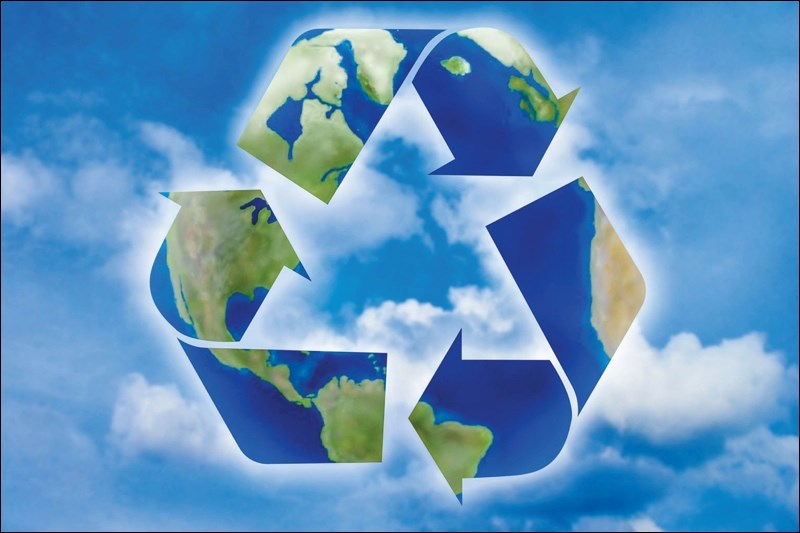The City of North Battleford’s crackdown on contamination in the blue bins was back up for discussion at a meeting of council Monday.
Counsellors heard from Aaron Beres, general manager of Loraas, about the recycling program. Loraas has been collecting items from the blue bins for curbside recycling, but contamination has been a big issue for them lately.
He reported that during the COVID-19 pandemic, they noticed contamination rates on all the curbside recycling programs had “gone up dramatically.”
The contamination was a result of unacceptable items like food, diapers, plastics, glass and other items being placed in the blue bins. The city has been on an enforcement blitz, issuing fines for contaminated bins, because of the amount of materials from the blue bins that were being diverted from recycling and going straight to the landfill.
Beres reported that they contacted Tammy MacCormack, environmental manager, on March 31 to let her know they were receiving a lot of material from North Battleford from the city collections that was diverted into waste. What was happening was that because of contamination, basically all their recycling loads were going to the landfill.
“This type of contamination spoils the whole load,” said Beres. “It creates a situation where for almost all the material that we’re collecting from the blue cart, it’s ending up going to the landfill because we couldn’t salvage it.”
He described North Battleford as the “most proactive” in the province in dealing with the situation by doing inspections and bylaw enforcement. Beres said what they’ve seen is a “real change” noticed from the middle of June in terms of contamination rates coming down.
“It’s getting to acceptable levels,” said Beres.
Some numbers were presented: from the week of May 4-8 in “Zone A”, contamination rates were recorded at 100 percent. But for the same zone June 29-July 3, after the enforcement crackdown went into effect, contamination rates were down each day to 30, 20, 30, 40 and 15 percent.
“Zone B” posted similar declines as well, with contamination down to between 15 to 35 percent daily during the week of July 6-10, down from the 40-to-100 percent contamination seen between May 11-14.
As well, it was noted that diapers and food waste had been coming out of the recycling stream and the contamination was now “dry” items such as furniture or basketballs, which Loraas could deal with.
“The vast majority of material that we’re collecting is getting recycled,” said Beres.
In general council was happy to see the contamination numbers come down.
“I think as a city we want to get the recycling program right,” said Bater.
As for why the rates were so high during the pandemic to begin with, Beres thought it might have been due to lack of capacity in the black garbage carts.
“We definitely saw a surge in the residential materials.”
Later on in the meeting council discussed a related issue: inquiries from landlords about whether they could opt out of participating in the recycling program.
While there was a lengthy discussion, in the end council made no final decisions on that topic, as some further information is still to be provided from administration.




